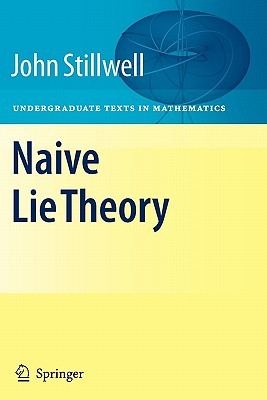
- We will send in 10–14 business days.
- Author: John Stillwell
- Publisher: Springer
- Year: 2010
- Pages: 217
- ISBN-10: 144192681X
- ISBN-13: 9781441926814
- Format: 15.2 x 23.1 x 1.5 cm, minkšti viršeliai
- Language: English
- SAVE -10% with code: EXTRA
Reviews
Description
This book aims to fill a gap in the literature by introducing Lie theory to junior and senior level undergraduates. In order to achieve this, the author focuses on the so-called "classical groups, '' viewed as matrix groups with real, complex, or quaternion entries. This allows them to be studied by elementary methods from calculus and linear algebra. Each chapter is enhanced with numerous exercises, discussion of further results, and historical comments.
EXTRA 10 % discount with code: EXTRA
The promotion ends in 24d.01:36:18
The discount code is valid when purchasing from 10 €. Discounts do not stack.
- Author: John Stillwell
- Publisher: Springer
- Year: 2010
- Pages: 217
- ISBN-10: 144192681X
- ISBN-13: 9781441926814
- Format: 15.2 x 23.1 x 1.5 cm, minkšti viršeliai
- Language: English English
This book aims to fill a gap in the literature by introducing Lie theory to junior and senior level undergraduates. In order to achieve this, the author focuses on the so-called "classical groups, '' viewed as matrix groups with real, complex, or quaternion entries. This allows them to be studied by elementary methods from calculus and linear algebra. Each chapter is enhanced with numerous exercises, discussion of further results, and historical comments.


Reviews